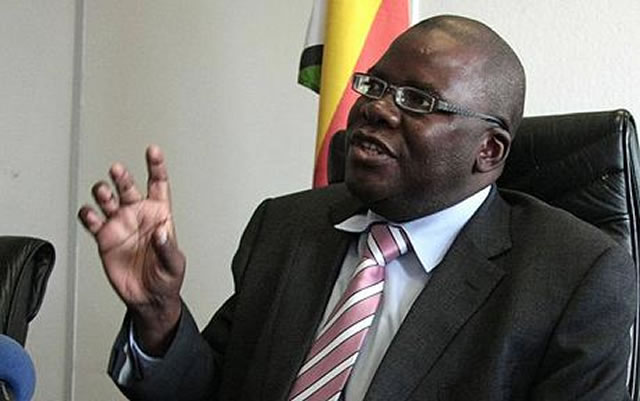Editorial Comment: Bond coin promotion plan plausible

The acceptability of bond coins has been generally poor since the Reserve Bank of Zimbabwe put them in circulation on December 18, 2014. Some businesses and ordinary people rejected them, possibly because of the lingering lack of confidence in any currency that is not foreign. To some extent, the suspicion is justified given our collective experience with the local currency which dramatically lost its status as a store of wealth and medium of exchange due to hyperinflation from 2004 to January 2009 when government introduced multiple foreign currencies.
Firstly, the bond coins are important as loose change in an economy whose lowest denomination was $1, a sweet, in fact.
Secondly, the tokens should help engender social harmony because we have had arguments over change in supermarkets. This point might look minor to some, but we have published stories of physical fights, a few fatal, in kombis as passengers and crews rowed over lack of change. The public arguments and fights highlight a wider conflict in the economy given the absence of smaller denominations.
Thirdly, if they get more widely used, the coupons can help in efforts to reduce prices as traders would need to round down prices instead of rounding up and asking customers to buy sweets to forego change.
In a bid to promote their use, the central bank has appealed to business to accept bond coins and to legislators to spread the word that they can be used with no risk of loss of value. But there has not been a structured drive by the RBZ to develop an understanding among the transacting public on the importance of using the coins.
To achieve that, RBZ Governor, John Mangudya announced on Wednesday that the central bank would through its subsidiary, Easy Link Money Transfer Agent outlets, make the coins available to the public without charging commission or withdrawal fees. In addition, the bank will soon launch the Consumer Rise and Shine awareness campaign working in collaboration with the Consumer Council of Zimbabwe to promote the coins.
Both strategies should expand bond coin usage. They are timely and show the central bank’s responsiveness to market conditions.
At first the bank theorised that by giving banks the money, it would trickle down the market seamlessly as the economy operates and public confidence would immediately increase. That has not occurred and Mangudya acknowledged as much.
“Currently bond coins are issued by the Reserve Bank through banks for their onward distribution to the public,” he said. “This system has its own challenges which have led to some parts of the country not being able to get access to the coins. This policy measure is intended to ensure that the public get fair value for their rand coins unlike the current situation where consumers are being short changed.”
As the RBZ rolls out the two strategies, we expect the visibility of Easy Link Money Transfer Agency outlets to improve radically. The greater visibility must be in the physical sense as well as online, in the printed and broadcast media and so on.
The awareness campaign must be exhaustive. Messages and campaign material have to be accessible, easy-to-understand and sustained. Furthermore, the market expects RBZ-CCZ teams to visit remote parts of the country where, as Mangudya confirmed, people don’t know there is something called a bond coin. The campaign must be as thorough as those that the central bank undertook during the hyperinflation era. Many still know what Bacossi is. Launched by the RBZ on October 1, 2007, Bacossi (Basic Commodity Supply Side Intervention) involved the provision of basic commodities at lower prices. It was instrumental in reducing production costs at the time, and making basics more widely available. Eight years on, we have traders touting themselves as charging “Bacossi prices!” That is the permanence of the message that we expect.
The content and context of the planned RBZ-CCZ campaign are different, but the tactics that made RBZ initiatives national bywords during the hyperinflation era can be adopted now for bond coins to be more acceptable.
The public has been assured that, by introducing the coins, the government is not testing the market with a view to reintroducing the local currency later on. Mangudya reiterated that when announcing the demonetisation of the Zimbabwe dollar on Wednesday.
“The significance of this policy measure,” he said, “is to bring to finality to this long outstanding government obligation to the banking public and to formally pronounce the demise of the local currency. The reality of the national economy is that all the . . . economic fundamentals or indicators are weak to even contemplate the return of the local currency.”
We expect the market to have more confidence in the bond coins and in the government’s policy position that the tokens are not a precursor to the return of the local currency.











Comments